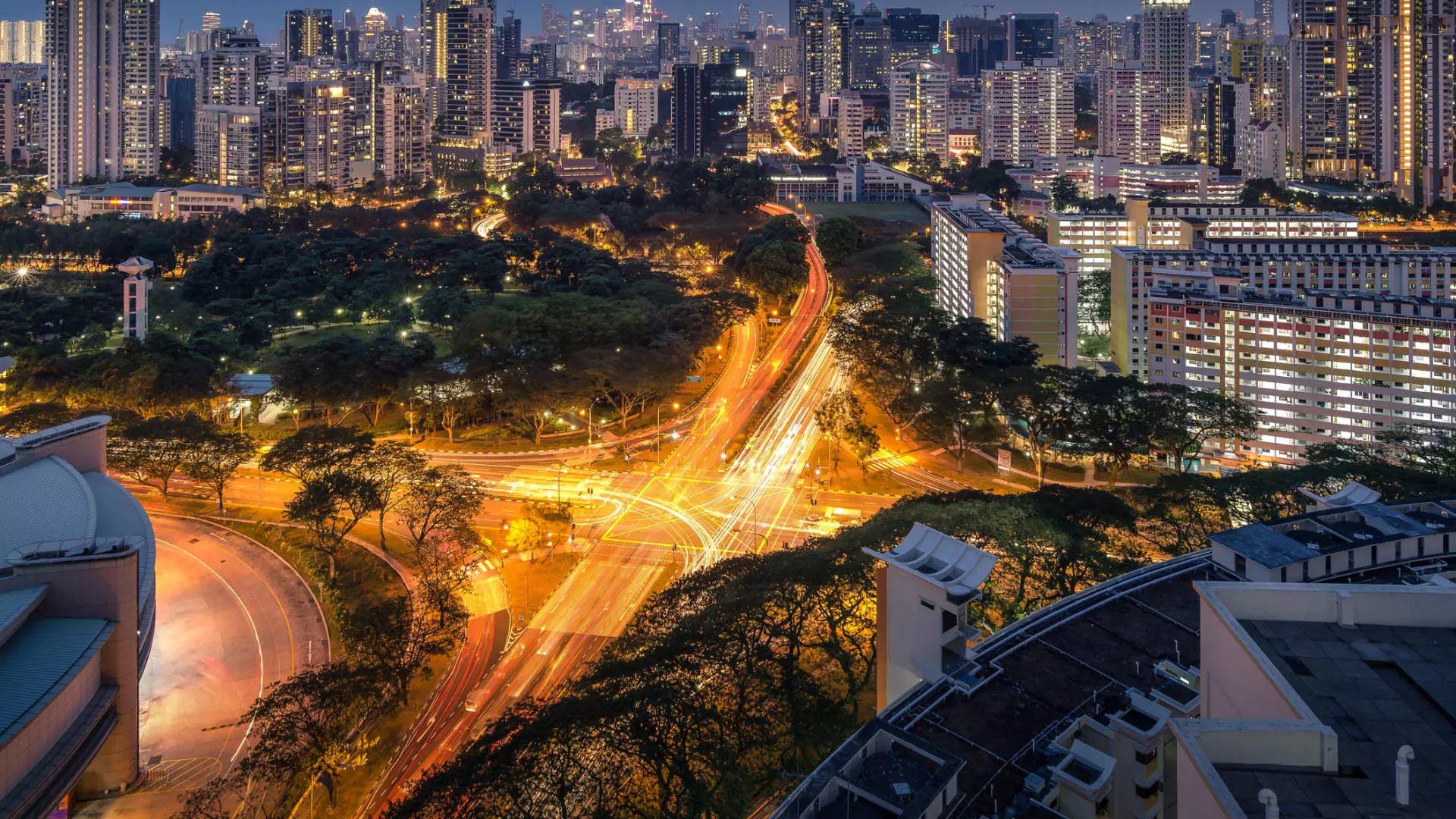Amid a backdrop of fluctuating economic conditions, Singapore’s private home market has hit a significant turning point. Following five consecutive quarters of price increases, the latest data from the Urban Redevelopment Authority (URA) indicates a decline of 1.1% in private home prices during the third quarter of 2024. This downturn not only prompts an examination of current market forces but also necessitates a consideration of the potential implications for buyers and sellers alike.
In stark contrast to the previous year, which saw a notable 3.9% rise in home prices during the same period, the latest statistics underscore a hesitant market climate. The price index’s first drop since early 2023 reflects broader trends in real estate sales, which saw a significant 11% reduction in transaction volume in the third quarter. A year-on-year analysis revealed an 8.1% decline in sales transactions, painting a bleak picture for real estate developers and stakeholders.
The URA has suggested that while the macroeconomic environment remains relatively stable, the overarching economic landscape is fraught with uncertainties. Factors such as geopolitical instability and fluctuations in global interest rates are adding layers of complexity that affect buyer confidence. This hesitance to engage in the property market has resulted in many potential buyers delaying their purchases, particularly with the anticipation of interest rate adjustments from the U.S. Federal Reserve.
While interest rates are anticipated to be cut by the Federal Reserve, the reality for Singaporean homebuyers differs. Mortgage rates in Singapore, despite any cuts internationally, are likely to remain elevated, contrasting sharply with the historically low rates experienced over the past decade. This reality implies that households must navigate the property market with increased caution, balancing their financial capabilities against rising costs.
Acknowledging these financial constraints, the URA has advised prospective buyers to exercise prudence in their purchasing decisions, particularly regarding the taking on of new mortgage obligations. It’s imperative for buyers to factor in the potential for future rate hikes and market dips when engaging in property transactions.
Interestingly, the Housing and Development Board (HDB) has reported a more optimistic trend, revealing a 2.5% increase in resale prices for HDB flats in the same quarter. The resale volumes for these public housing units rose by an impressive 20% compared to the previous quarter. This divergence between private home prices and HDB resale prices illustrates the varied dynamics at play within Singapore’s housing market.
Local authorities have acknowledged this shifting landscape and have recommended measures aimed at cooling the public housing market to ensure long-term stability. By closely monitoring these trends, the government emphasizes its commitment to maintaining a balanced property market that serves the diverse needs of its population.
As Singapore’s housing market navigates this volatility, stakeholders must remain vigilant and adaptable. With the URA poised to release further statistics by the end of October, the next phase of the market’s evolution will become clearer. In a setting where uncertainty reigns, successful navigation will depend on a thorough understanding of both current conditions and potential future changes. In anticipation of the market’s next steps, both buyers and developers should closely monitor macroeconomic signals and personal financial realities as they chart their course in Singapore’s ever-evolving property landscape.

